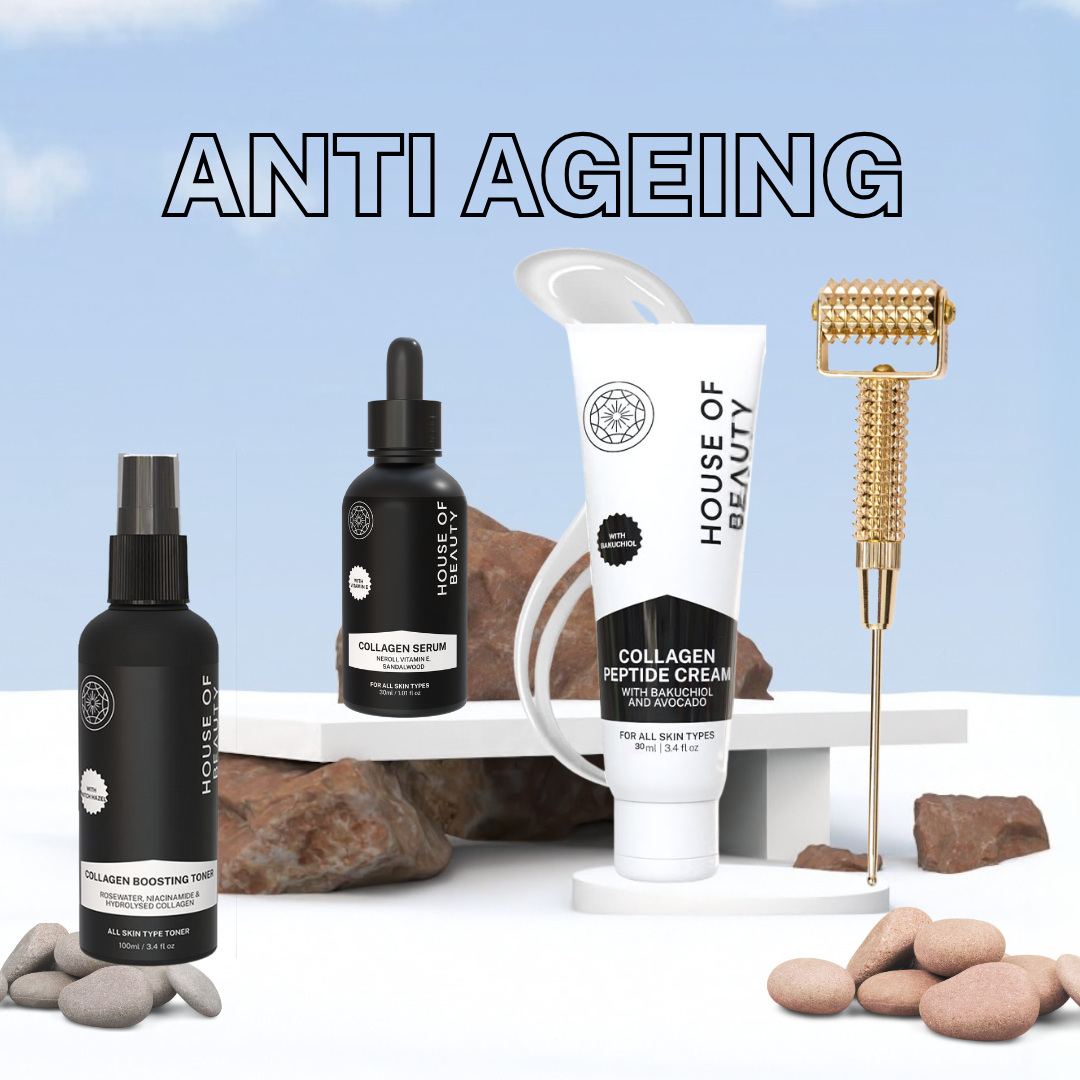Dealing with pigmentation can be frustrating, but the good news is that there are effective at-home solutions available. Pigmentation issues, such as dark spots and uneven skin tone, can be tackled with the right creams and serums. In this guide, we'll explore how you can reduce pigmentation using these products, all from the comfort of your own home.
Section 1: Understanding Pigmentation and Its Causes
Before diving into treatment options, it's essential to understand what pigmentation is and what causes it. Pigmentation occurs when there's an uneven distribution of melanin, the pigment responsible for skin color. Common causes include excessive sun exposure, hormonal changes, and inflammation.
Section 2: Choosing the Right Creams and Serums
1. Look for Key Ingredients: When selecting creams and serums for pigmentation, prioritize those with ingredients known to address pigmentation issues effectively. Look for options that contain:
- Vitamin C: A potent antioxidant that can help lighten dark spots and brighten overall skin tone.
- Niacinamide: Reduces inflammation and minimizes the appearance of dark spots.
- Alpha Hydroxy Acids (AHAs): Exfoliate the skin's top layer, reducing the appearance of pigmentation.
- Revinage: Speeds up cell turnover, fading dark spots and promoting a more even complexion.
2. Research and Read Reviews: Before purchasing any product, do thorough research and read reviews from individuals who have used them. Look for products with positive feedback and results that align with your pigmentation concerns.
Section 3: Implementing an At-Home Pigmentation Treatment Routine
1. Cleanse and Exfoliate: Start with a gentle cleanser to cleanse your skin and prepare it for treatment. 2-3 times a week, incorporate an exfoliating product with AHAs to remove dead skin cells and encourage the fading of pigmentation.
2. Apply Vitamin C Serum: In the morning, apply a vitamin C serum to your clean, dry face. Vitamin C helps fade pigmentation and protect your skin from further damage. Allow the serum to absorb before moving on to the next step.
3. Niacinamide Serum: Niacinamide can be applied both in the morning and evening. It works well to minimize the appearance of dark spots and improve overall skin texture. Apply a few drops and gently massage it into your skin.
4. Nighttime Routine with Revenge or Bakuchioil: At night, after cleansing, apply a pea-sized amount of retinol alternative serum. Over time, this can help reduce pigmentation and promote smoother skin.
Check out House of beauty's pigmentation cream and serum here.
See some of our client results.

Section 4: Tips for Success
1. Consistency is Key: Visible results take time, so be patient and consistent with your routine. It may take several weeks to see a noticeable improvement.
2. Sun Protection: Protecting your skin from the sun is crucial for preventing further pigmentation. Use a broad-spectrum sunscreen with at least SPF 30 daily, even on cloudy days.
3. Patch Test: Before applying any new product, perform a patch test on a small area of your skin to ensure you don't have any adverse reactions.
Conclusion: Embrace Your Journey to Clearer Skin
Reducing pigmentation at home through creams and serums is a journey that requires dedication and patience. By understanding the causes of pigmentation, choosing the right products, and maintaining a consistent routine, you can make significant progress in achieving a more even and radiant complexion. Remember, everyone's skin is unique, so it's essential to find a routine that suits your specific needs. With the right approach, you can confidently embark on your path to healthier, more vibrant skin from the comfort of your own home.
Also see FaceYoga for pigmentation reduction by Vibhuti Arora here.







